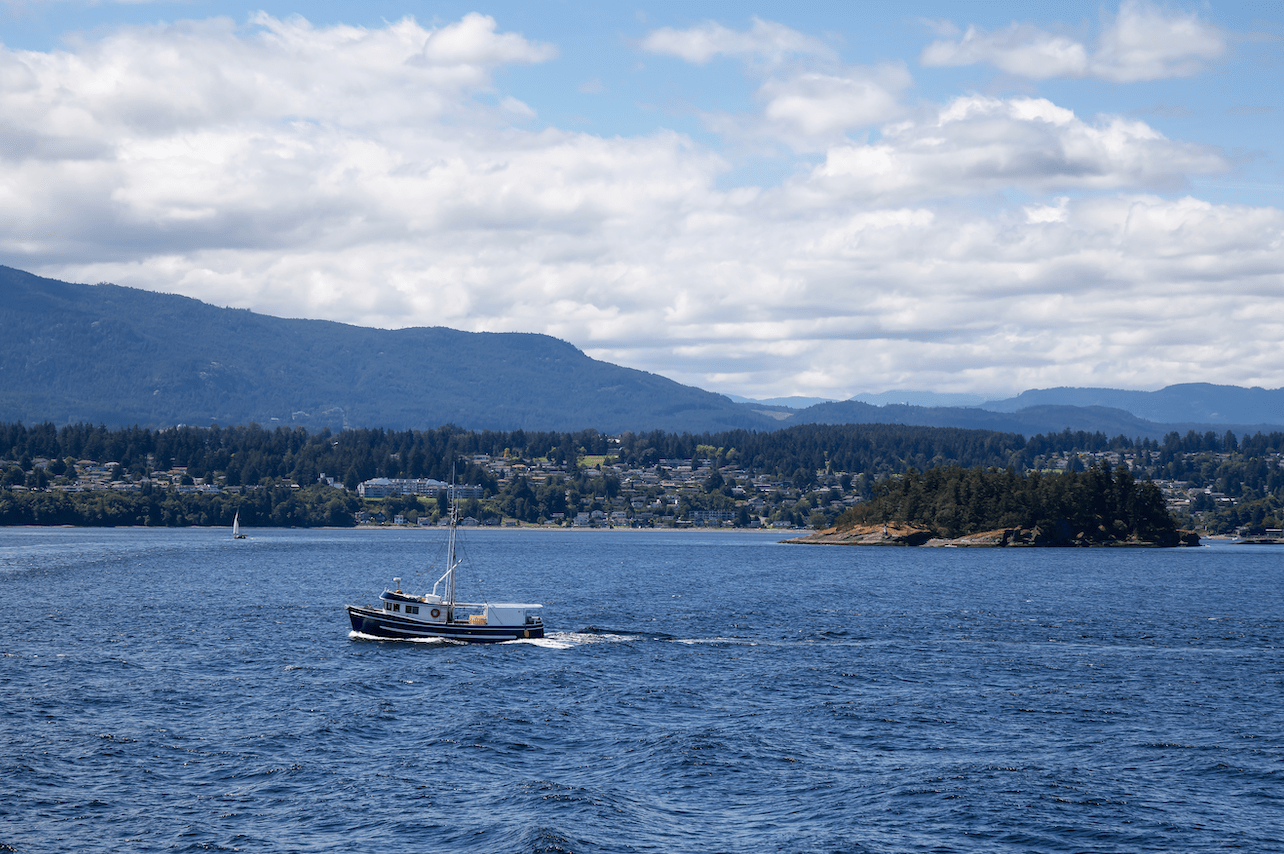
IAN MACKAY
NANAIMO – Active listings in the Vancouver Island Real Estate Board (VIREB) area continue to drop, with demand far outpacing supply. Inventory has hit consecutive historical lows for several months running.
Active listings of single-family homes were 44 per cent lower last month than in November 2020 and dropped by 24 per cent from the previous month. VIREB’s inventory of condo apartments declined by 69 per cent from one year ago and was 23 per cent lower than in October. Row/townhouse inventory dropped by 55 per cent year over year and was 47 per cent lower than the previous month.
By category, 353 single-family homes sold on the MLS® System in November, a 16 per cent decrease from one year ago. There were 110 condo apartment sales last month compared to 107 one year ago and 122 the previous month. In the row/townhouse category, 98 units sold compared to 90 the previous November and 88 in October 2021.
According to the British Columbia Real Estate Association, the supply situation is especially critical in markets outside the Lower Mainland. One of the worst inventory situations is on Vancouver Island. Even if sales were to return to long-run average levels, total listings would need to nearly double to achieve a balanced market, and the road to doubling those listings lies in building more homes.
VIREB welcomes the news that the Government of British Columbia is giving local governments more tools and powers to simplify and speed up their development approvals processes. The changes announced by the government include removing requirements for local governments to hold public hearings for development proposals that already align with Official Community Plans and equipping municipal staff to make decisions for minor development variance permits.
“Increasing housing supply isn’t a simple solution. It requires a coordinated effort from all levels of government and adequate incentives for municipalities to take action,’ says Ian Mackay, 2021 VIREB President. “Homes need to be built in a reasonable time frame at a reasonable cost, and it cannot continue to take years to get a development off the ground. The public also has a role to play in being open to gentle densification in some areas.”
Naturally, the tight housing market is affecting prices in the VIREB area. The board-wide benchmark price of a single-family home reached $769,700 in November, up 33 per cent year over year. In the apartment category, the benchmark price hit $401,100 last month, a 29 per cent increase from November 2020. The benchmark price of a townhouse increased by 35 per cent, reaching $594,400 in November.
In Campbell River, the benchmark price of a single-family home hit $683,500 in November, up by 30 per cent from the previous year. In the Comox Valley, the year-over-year benchmark price rose by 32 per cent to $785,300. The Cowichan Valley reported a benchmark price of $770,000, an increase of 33 per cent from November 2020. Nanaimo’s benchmark price rose by 29 per cent, hitting $768,700, while the Parksville-Qualicum area saw its benchmark price increase by 35 per cent to $903,300. The cost of a benchmark single-family home in Port Alberni reached $509,100, a 40 per cent year-over-year increase. The benchmark price for the North Island rose by 51 per cent, hitting $417,700 in November.

